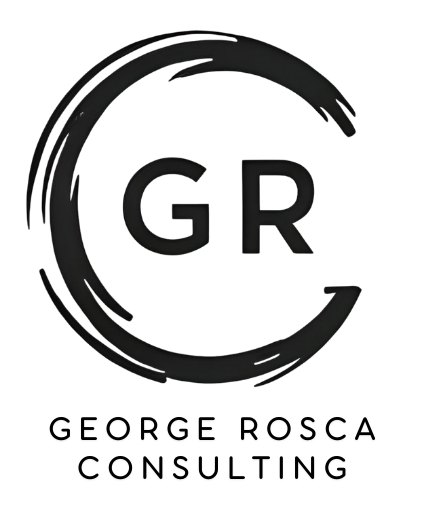In our ongoing series on building a successful Center of Excellence (COE) within the EMEA Supply Chain, we now turn our focus to the second key pillar: Continuous Improvement. This article will explore the importance of continuous improvement, how the COE can effectively drive this initiative, and best practices to implement.
Now, there are thousands over thousands of articles about Continuous Improvement written by people with huge experience in the topic, and many many years of experience. This is a very short article with some points that I hope it will help you start your COE journey.
What is Continuous Improvement?
Continuous Improvement is an ongoing effort to enhance products, services, or processes through incremental and breakthrough improvements. It’s about striving to be better every day, fostering a culture where every team member is empowered to identify and implement improvements.
Why is Continuous Improvement Important?
In today’s competitive landscape, it is crucial to maintain a forward-thinking and dynamic approach. Continuous Improvement is essential for several reasons:
- Enhanced Efficiency and Productivity: By regularly assessing and improving processes, companies can eliminate waste, reduce costs, and increase productivity. The COE can support this by providing tools and frameworks for process assessment and improvement.
- Employee Engagement: When employees are encouraged to contribute ideas for improvement, they feel more valued and engaged. The COE can facilitate platforms for idea sharing and recognition programs.
- Adaptability and Innovation: A culture of continuous improvement makes it easier to adapt to changes and encourages innovation. The COE can drive innovation by piloting new improvement initiatives and technologies.
Best Practices for Continuous Improvement
- Establish a Culture of Continuous Improvement: Create an environment where continuous improvement is part of the company’s DNA. Encourage employees at all levels to identify areas for improvement. The COE can lead by example, promoting a mindset of constant betterment and providing the necessary support.
- Provide Training and Resources: Equip employees with the tools and knowledge they need to identify and implement improvements. This includes training on methodologies like Lean, Six Sigma, and Kaizen. The COE can organize workshops, certifications, and provide ongoing training programs.
- Facilitate Collaboration and Communication: Promote open communication and collaboration across departments. Regular brainstorming sessions, improvement workshops, and cross-functional teams can be valuable. The COE can facilitate these sessions and provide platforms for seamless communication and idea sharing.
- Implement a Structured Approach: Use structured approaches such as PDCA (Plan-Do-Check-Act) or DMAIC (Define-Measure-Analyze-Improve-Control) to guide improvement initiatives. The COE can standardize these methodologies across the organization and provide guidance on their application.
- Measure and Analyze Performance: Continuously monitor key performance indicators (KPIs) to track progress. Use data-driven decision-making to identify areas for improvement. The COE can develop and maintain dashboards, conduct regular performance reviews, and ensure alignment with improvement goals.
- Recognize and Reward Efforts: Acknowledge and reward employees who contribute to continuous improvement. This reinforces the importance of their contributions and motivates others to participate. The COE can establish recognition programs, awards, and other incentives.
- Encourage Experimentation and Risk-Taking: Foster a safe environment where employees feel comfortable experimenting and taking calculated risks. Not all improvement initiatives will succeed, but learning from failures is a crucial part of the process. The COE can support this by creating pilot programs and providing a safety net for testing new ideas.
Conclusion
Continuous Improvement is the foundation of a successful COE. By fostering a culture where every team member is empowered to contribute ideas and improvements, companies can enhance efficiency, boost employee engagement, and drive innovation. The COE plays a critical role in supporting these efforts by providing the necessary tools, frameworks, training, and recognition programs.
In our next article, we will explore the pillar of Process Innovation and how the COE can ensure that processes are not just improved but reimagined for greater efficiency.


Leave a Reply